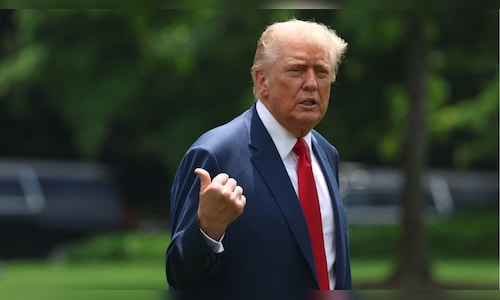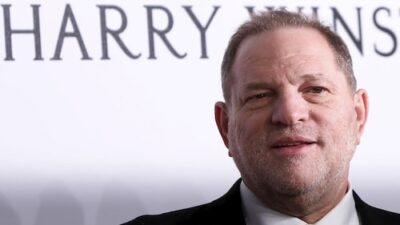
A White House representative stated that the agreement allows the U.S. to impose a 55% tariff on Chinese imports. This includes a 10% baseline “reciprocal” tariff, a 20% tariff for fentanyl trafficking, and a 25% tariff based on existing tariffs. In return, China will levy a 10% tariff on imports from the U.S., according to the official.
Trump indicated that the deal requires final approval from both him and President Xi Jinping.

On Tuesday, US and Chinese officials confirmed they had reached a framework agreement aimed at re-establishing their trade truce and lifting China’s restrictions on rare earth exports, although a lasting resolution to ongoing trade conflicts remains elusive.
Following two days of intense discussions in London, US Commerce Secretary Howard Lutnick informed reporters that the framework deal adds significant detail to an agreement made in Geneva last month intended to reduce the burdensome retaliatory tariffs that had soared to triple-digit levels.
The Geneva arrangement had stalled due to China’s limitations on critical minerals exports, prompting the Trump administration to implement its own export controls prohibiting the shipment of semiconductor design software, aircraft, and other products to China.
Trump’s fluctuating tariff policies have unsettled global markets, created congestion and confusion at major ports, and resulted in companies facing tens of billions in lost revenue and increased expenses.
Also read: US Appeals Court says Trump tariffs can remain in effect



